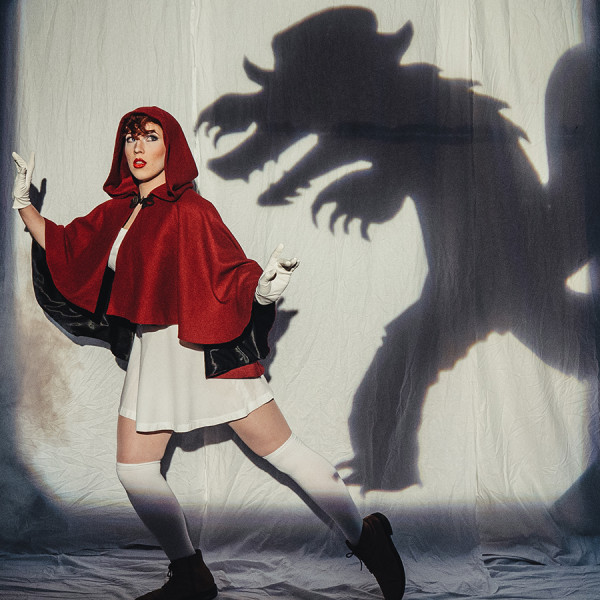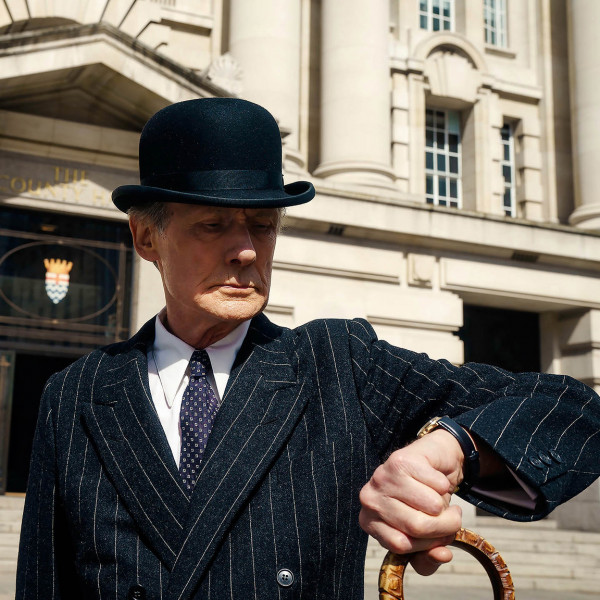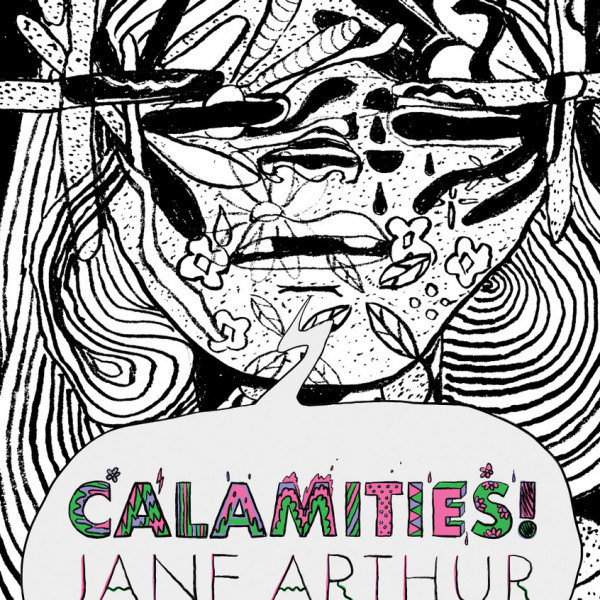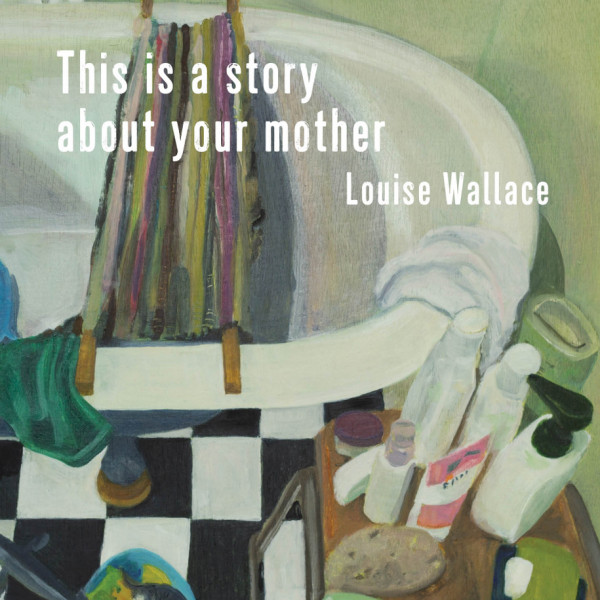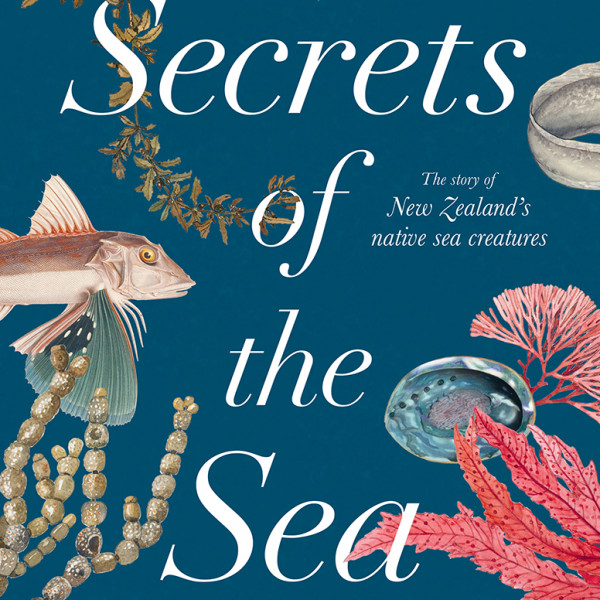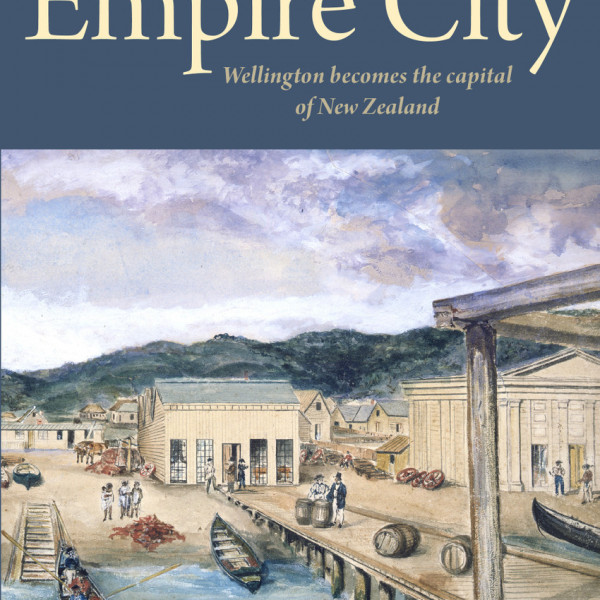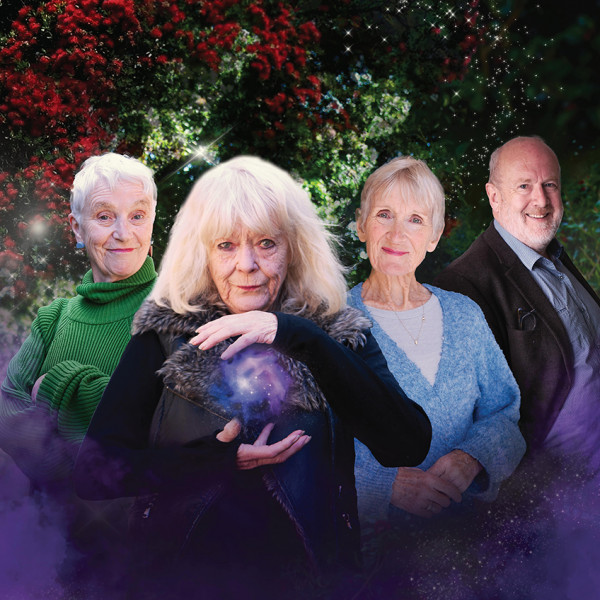
The Coven on Grey Street
Written by: James Cain
Directed by: Harriet Prebble
Running at Circa Theatre until 27th May 2023
Reviewed by: Madelaine Empson
When shall we three meet again? Well, it’s been 10 years since the last family gathering – just a blink of an eye for these immortal beings – and more centuries still since the Weird Sisters met Macbeth. Now, Daphne (Helen Moulder), Fay (Hilary Norris), and Sybil (Irene Wood) are back together again, this time to meet Daphne’s fiancé Ted (Peter Hambleton). But bringing a new member into the familial fold won’t be a piece of quiche…
Red Scare Theatre Company’s The Coven on Grey Street brings Shakespeare’s three witches to current-day Hamilton to lunch together under the hallowed pōhutukawa tree at Daphne’s place. Looming large over the action, the tree is realised in all its might and majesty by set designer Lucas Neal. What an eye for detail! Its stunning features are highlighted by lighting designer Isadora Lao’s magic touch, while flourishes from sound designer Patrick Barnes tinkle and charm.
The actors make quick work of playwright James Cain’s whip-smart dialogue and lean into its tender moments with easy grace, natural rapport, and collective chemistry that crackles like a toad on a bonfire. It’s clear from both the writing and acting that underneath the sass and snark, these characters love each other like only family can.
Moulder and Hambleton sprinkle longing gazes and lingering touches into a romance that feels like the stuff of fairytales. Both soon come into their individual power, navigating sky-high character arcs with ease. Norris pulls no punches as the potty-mouthed Fay, but beneath her no-nonsense exterior, we feel her aching need for connection and approval. Wood is comedy gold, delivering acrid one-liners with a straight face and supreme composure at every turn. I want Sybil to be my grandma and I especially want to sic her on all of my enemies.
An intricate script, visionary design, consummate cast, and expert direction… these were the ingredients chosen to create the perfect little production. The Coven on Grey Street is pure magic.





